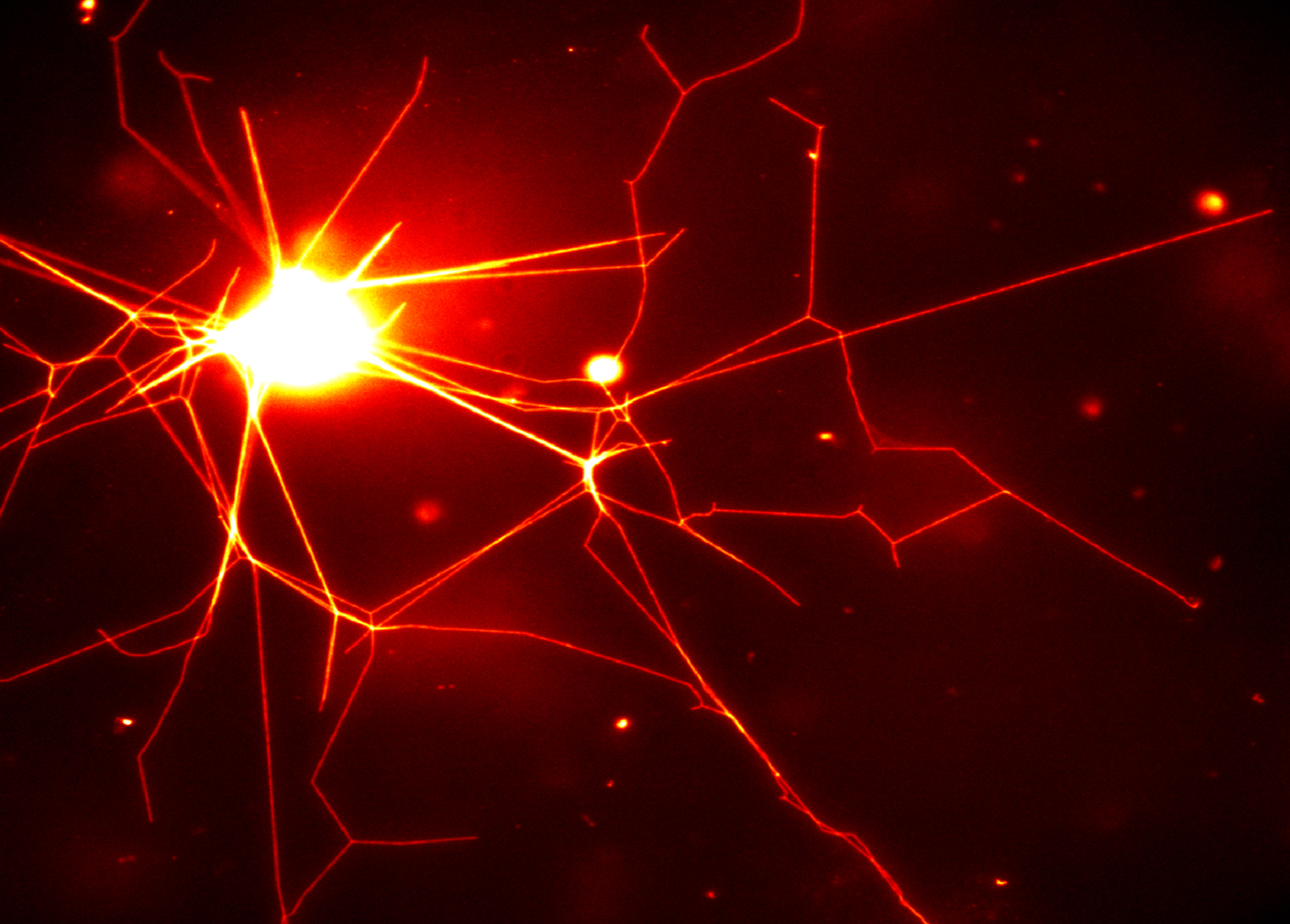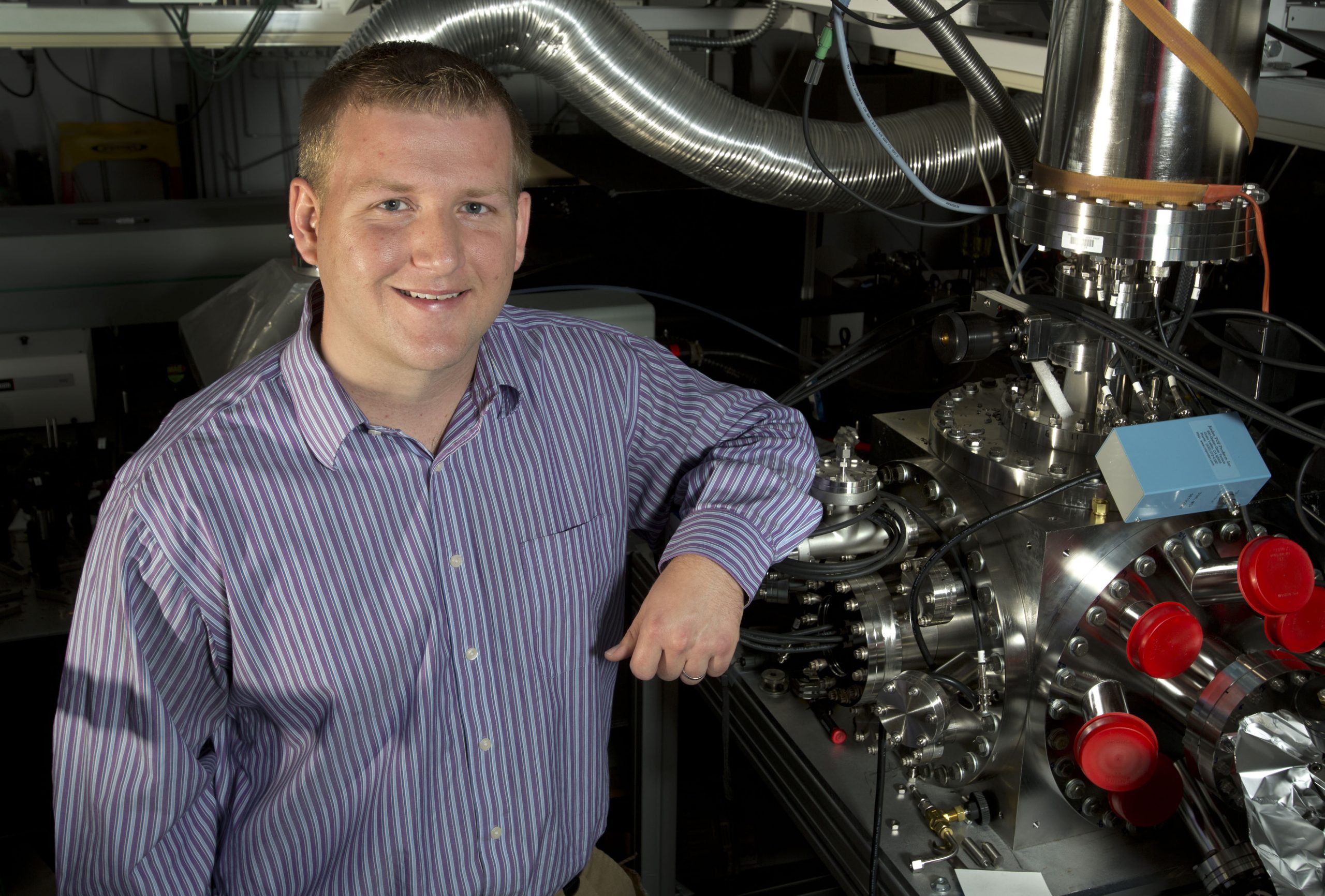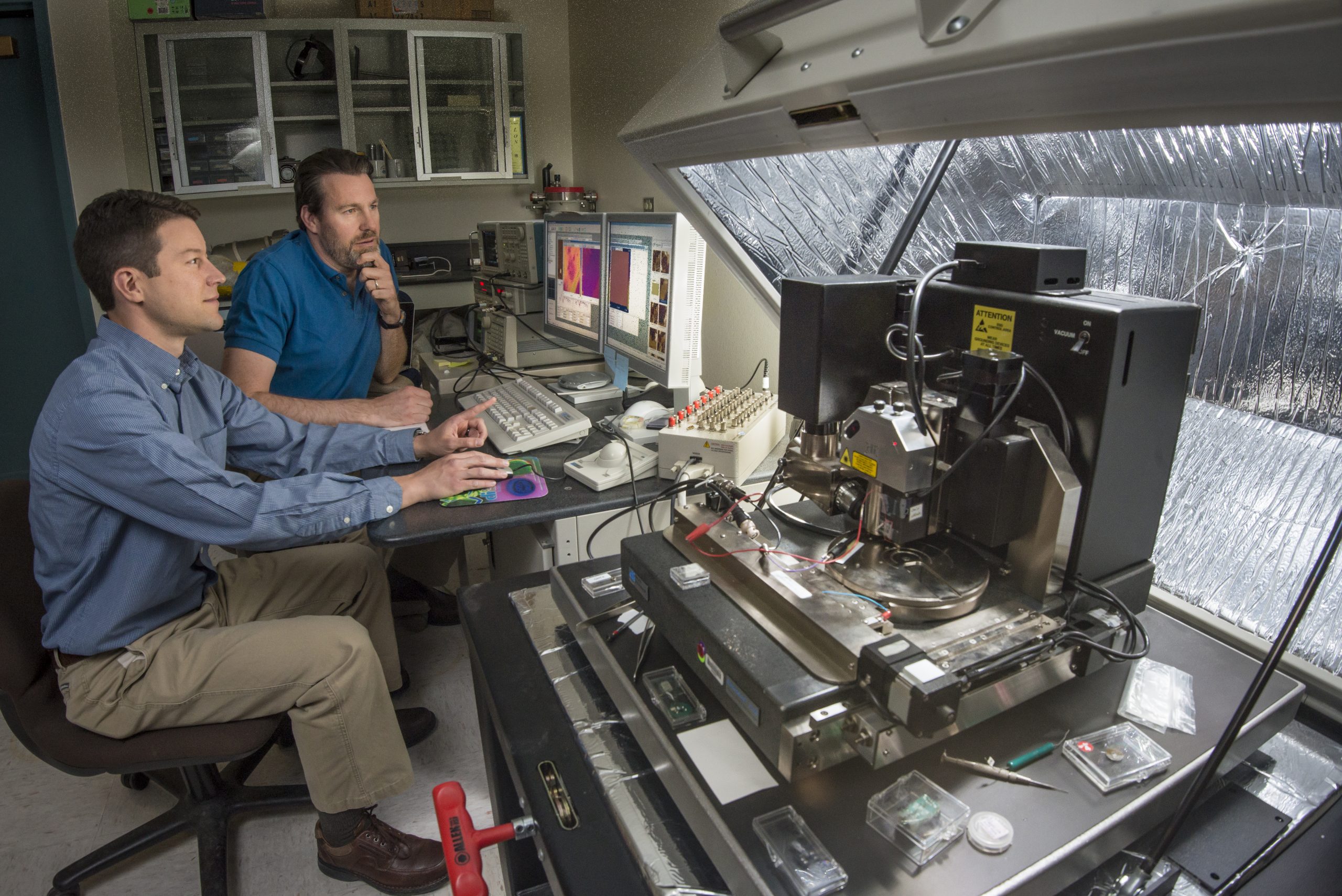June 15, 2016 • ALBUQUERQUE, N.M. — Sandia National Laboratories materials engineer Melissa Teague has been awarded a Presidential Early Career Award in Science and Engineering (PECASE), the highest honor the U.S. government bestows on science and engineering professionals in the early stages of their research careers. Teague was recognized for pioneering improved characterization...






















